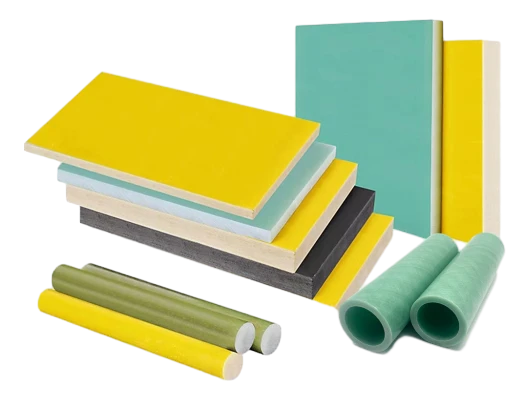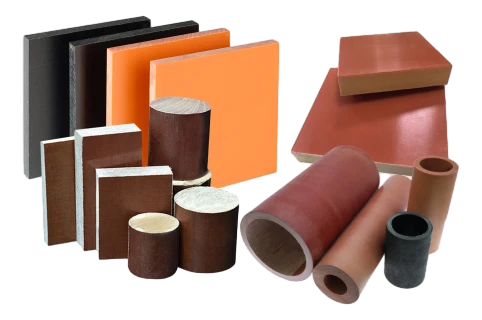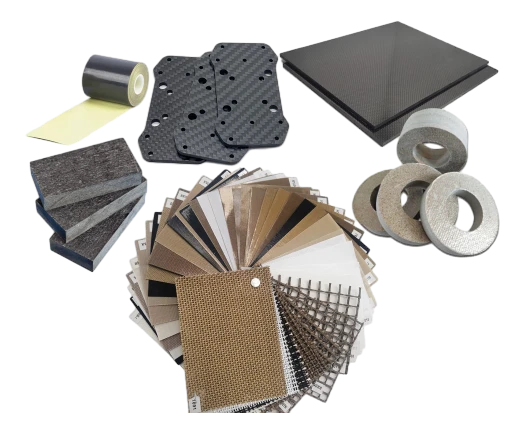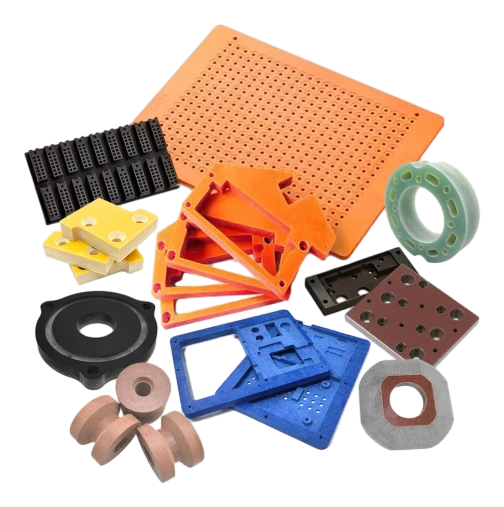Unlocking the Future: The Power of Lightweight Materials in Industry Solutions
Time of issue: 2025-10-25
Introduction
In today's fast-paced world, industries are constantly seeking ways to innovate and improve efficiency. Enter lightweight materials (Lightweight materials), the unsung heroes of modern manufacturing and engineering. These materials are not just lighter; they open the door to a myriad of solutions that enhance performance while reducing costs. Buckle up, as we explore how lightweight materials are revolutionizing various sectors!
What Are Lightweight Materials?
Lightweight materials are, quite literally, lighter than traditional materials without compromising strength or durability. Think of them as the featherweights of the material world. Common examples include aluminum alloys, carbon fiber, and advanced polymers. Why should we care? Well, they're changing the game in industries from aerospace to automotive.
Aerospace: Soaring to New Heights
Imagine a world where airplanes consume less fuel and emit fewer greenhouse gases. Sounds dreamy, right? Thanks to lightweight materials, this dream is becoming a reality. Airlines are increasingly using carbon fiber composites in wings and fuselage. This shift not only cuts down on weight but also enhances structural integrity, leading to safer and more efficient flights. Talk about a win-win!
Automotive: Driving Innovation
In the automotive sector, the race is on to produce vehicles that are not only fast but also fuel-efficient. Lightweight materials play a pivotal role here too. By employing materials like aluminum for car bodies, manufacturers can reduce weight without sacrificing safety. This allows for better fuel economy and reduced emissions. Who knew that going lighter could mean going greener?
Construction: Building the Future
Now, let's not forget about construction! With the advent of lightweight materials, construction companies are building smarter. Think about it: lighter materials lead to reduced transportation costs and easier installation. Moreover, they can help in designing innovative structures that were previously deemed impossible. It's a paradigm shift that's shaping skylines around the globe.
Challenges and Solutions
Of course, no good story is without its challenges. While lightweight materials offer numerous advantages, they can also present issues like higher initial costs and the need for new manufacturing techniques. But fear not! As technology advances, solutions are emerging. Companies are investing in research to develop more cost-effective methods for producing these materials, making them accessible for various applications.
The Future is Bright
As we glance into the crystal ball, it's clear that lightweight materials will continue to shape industries for years to come. With increasing environmental concerns and the push for sustainability, the importance of these materials can't be overstated. Companies that adapt and embrace this change will not only thrive but also contribute to a greener planet.
Conclusion
In conclusion, lightweight materials (Lightweight materials) are not just a trend; they're a necessity in our evolving industrial landscape. From aerospace to automotive and construction, their impact is profound. So, whether you're a manufacturer, a consumer, or just an industry enthusiast, keep an eye on these game-changers. The future is light, and it's looking bright!
More Information
 xyh@xiongyihua-plastic.com
xyh@xiongyihua-plastic.com













